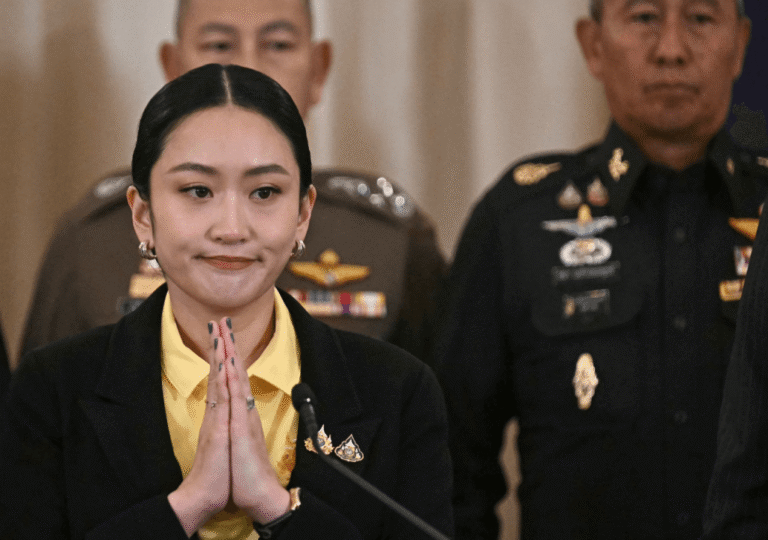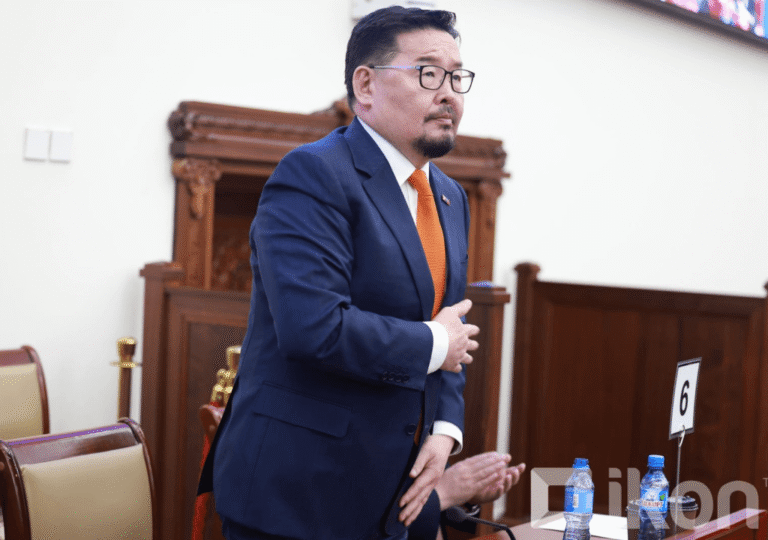The deepening conflict between the Philippines’ former President Rodrigo Duterte and Incumbent President Ferdinand Marcos Jr., is steering the nation towards the edge of unprecedented turmoil. The confrontation between Duterte and Marcos Jr. surpasses ordinary political statements; it has evolved into a fracture with the capacity to split the nation, foreshadowing the specter of imminent civil unrest.
The unexpected fallout between former allies Duterte and Marcos Jr. has left many bewildered. The once-unified coalition that propelled President Ferdinand Marcos Jr. to a landslide victory in May 2022 is now unraveling, posing a threat to political stability in one of Asia’s rapidly growing economies. In the 2022 election, Marcos formed an alliance with Duterte’s daughter, Sara, who secured the position of vice-president. However, fractures in this political partnership have surfaced as Marcos deviates from his predecessor’s stances on anti-drugs and foreign policies. At the crux of this discord lies a fierce struggle for power. Duterte’s allegations center on Marcos Jr.’s purported ambitions to modify the constitution, specifically in relation to presidential term limits. Such a move, if proven true, raises concerns about a potential shift towards authoritarianism, echoing the era of Marcos Sr., the father of Marcos Jr.
The haunting legacy of Marcos Sr.’s autocratic rule looms large over the Philippines, with memories of his oppressive regime, characterized by human rights abuses and economic mismanagement, still casting a shadow. The downfall of his authoritarian grip came during a popular uprising in the 1980s, prompting the establishment of the current constitution as a safeguard against the resurgence of dictatorial tendencies. Today, this constitutional fortress faces a critical test. Amidst this historical backdrop, the reported inclination of Marcos Jr. to amend the constitution raises concerns, given the Philippines’ tumultuous past. President Duterte’s resolute opposition is rooted in a profound fear of history repeating itself, with the nation confronting the unsettling prospect of renewed turmoil and division.
While Marcos Jr. advocates for constitutional amendments under the banner of economic reform, skeptics perceive this as a thinly veiled maneuver to consolidate power. The potential economic benefits tied to relaxing restrictions on foreign investment spark apprehensions about potential compromises to democratic principles and social cohesion. At the heart of the dispute lies Marcos’s push for a constitutional overhaul in 1987, aiming to attract more foreign investors. However, suspicions within the Duterte camp suggest a more ominous motive: the perceived intent to extend Marcos’s stay in office, challenging the existing single, six-year term limit mandated by the nation’s constitution.
In a sobering warning, Duterte expresses deep concerns that this growing schism may plunge the nation into a divisive and potentially violent era, drawing parallels to historical events involving the Marcos family. With a heartfelt plea, Duterte implores the armed forces and police to safeguard the constitution, underlining the gravity of a situation that transcends mere political discord. The emotional resonance of Duterte’s plea mirrors the magnitude of the crisis at hand, as the Philippines grapples with a constitutional quagmire propelled by a feud of epic proportions.
While Sara Duterte has generally maintained a neutral stance amid the dispute between Marcos and her family, analysts caution that alterations to political provisions in the constitution could imperil her political future. Despite being a frontrunner in the 2022 presidential surveys, she aligned with Marcos to run as his vice president, and she is considered an early favorite for the 2028 election to succeed him.
As per new reports things are getting more volatile. Duterte is now advocating for the secession of his home region, Mindanao, from the Philippines. This push for Mindanao’s independence stems from disagreements with Marcos over proposed changes to the constitution. While Marcos contends that constitutional amendments aim to facilitate foreign investments, Duterte accuses him of using these changes as a ploy to extend his stay in power.
The 78-year-old former president has not only threatened to sever his native Mindanao region from the nation but has also drawn a stern warning from the country’s defense and security officials. In response to this recent fallout, simmering tensions between the two factions have become evident. The Philippine government is taking a resolute stance against any secession attempts, with a security official asserting their readiness to use “authority and forces” to prevent the division of the nation.
National security adviser Eduardo Ano emphasized in a statement that any effort to secede, particularly recent calls related to Mindanao, would be met with decisive government force. Ano stressed that such attempts could undermine the progress made through the government’s peace deal with former separatist groups.

Mindanao’s tumultuous history is marred by prolonged violence and conflict as the government grapples with insurgents and extremists over the decades. This persistent instability has impeded economic development, resulting in widespread poverty in numerous villages. The Moro Islamic Liberation Front (MILF), the largest rebel group in the region, had previously opted for peace, signing an agreement in 2014 that saw them relinquishing their pursuit of independence in exchange for increased autonomy in the Bangsamoro Muslim region.
Despite the current tensions, Bangsamoro’s chief minister, Ahod Ebrahim, has reiterated a steadfast commitment to the peace agreement. Government peace process adviser Carlito Galvez Jr. has urged Filipinos to resist any calls for destabilization, emphasizing the crucial need for unity. Similarly, Philippine armed forces chief Romeo Brawner has instructed soldiers to remain united, loyal to the constitution, and obedient to the chain of command.
Yet, should the political landscape further deteriorate, the looming threat of foreign investment withdrawal becomes increasingly pronounced amid the deepening polarization among the populace. Arsenio Balisacan, Marcos’s chief economic planner, echoes these apprehensions, underscoring that political instability has the potential to significantly impact the economy. Despite falling slightly below the government’s target last year, the Philippines achieved the fastest growth in Southeast Asia at an impressive 5.6%.
Internationally, these disputes will undoubtedly resonate. Both Marcos and Duterte have showcased unique foreign policy orientations, with one forging closer ties to the United States and the other cultivating relationships with China. This expanding tug-of-war, intensifying with each passing day, carries repercussions not just for the Philippines but also for the wider region. Situated in the highly volatile South China Sea, the implications of this geopolitical struggle reverberate across an already precarious landscape.








